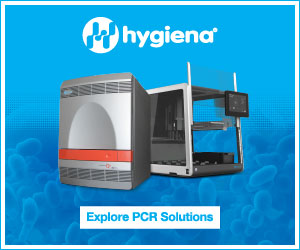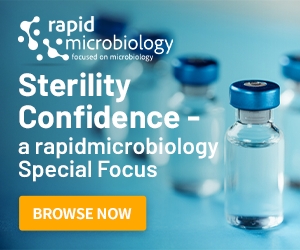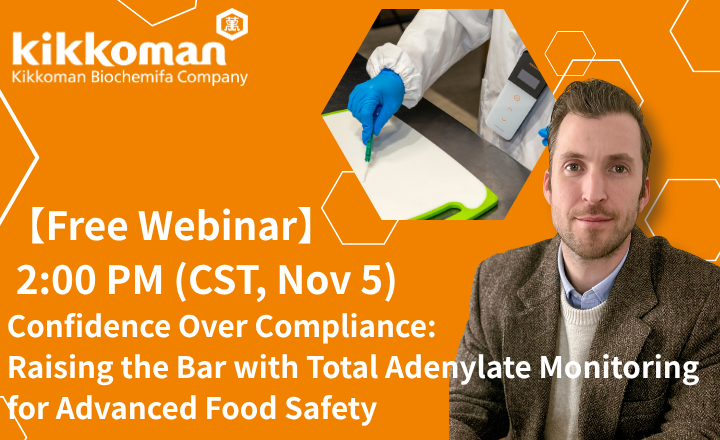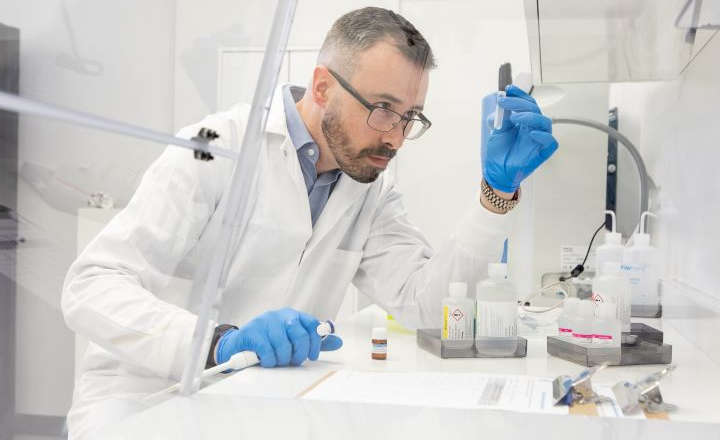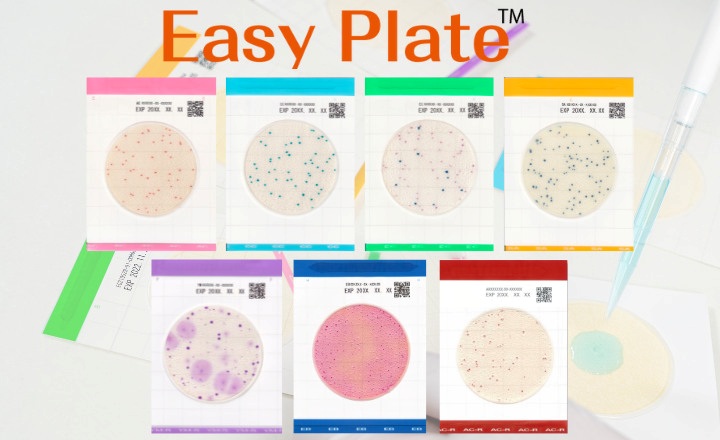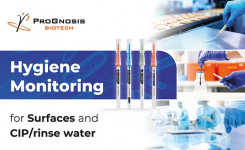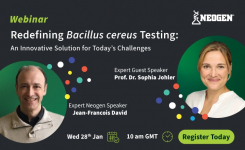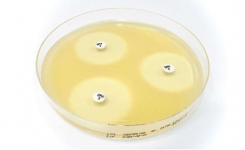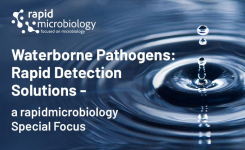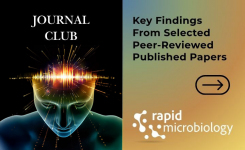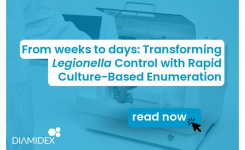Chardonnay, Pinot Grigio, Cabernet Sauvignon, Pinot Noir, Merlot, Malbec – who does not love a good glass/bottle of wine. It is even good for the heart! But ever wondered how it keeps its great taste?
Master winemakers have mastered the vinification process to provide perfection every time. It is therefore important to ensure the quality according to the excellence of vinification. This not only means the main characteristics of wine like sweetness, acidity, tannin, alcohol and body fulfill those quality standards, but also that wine is free from spoiling microorganisms such as yeasts or lactic acid bacteria (LAB), which can potentially alter its characteristics. Therefore, it is of primary importance for winemakers to implement a quick and reliable quality control method that enables them to detect and distinguish contamination from yeasts and bacteria.
Promicol, together with the University of Parma has developed a protocol that allows the detection simultaneously of yeasts and bacteria in different types of wines after 24 h [1]. This is of great interest for wineries as it allows for early detection and discriminates microbial contaminants which may cause spoilage at any stage of the wine-making process. The protocol is very simple and does not require considerable changes in the sample preparation. The bottle of wine goes through a double filtration process which allows retention of yeasts and bacteria in the filter membranes. Subsequently, the filter membranes are transferred to dishes containing specifically designed selective enrichment media. These media-filled dishes are incubated for approximately 24 hours at the appropriate temperature to allow growth and enrichment of the yeasts and bacteria. After incubation, an aliquot of the growth media is sampled and submitted to Promicol ATP Bioluminescence testing. In case the filtered wine contained yeasts and bacteria, these will have multiplied in the enrichment medium during the incubation period and all the microbial ATP will be turned into light and detected in the Promicol instrument – either the Promilite M4A for high sample throughput or the Promilite M1 for a smaller sample throughput.
Applying the Promicol Rapid ATP Bioluminescence testing for microbial control of wine will return QC results after 24 hours and therefore 2 – 4 days earlier than with conventional plate testing where yeast detection is currently taking up to 3 days and detection of malolactic bacteria up to 5 days. During this period of time, the wine bottles of the respective production batch are contained in the warehouse taking up valuable space and increasing expenses.
Even though the ATP bioluminescence testing and microbial control of alcoholic beverages require the extra step of filtration of the product, the rapid method provided by Promicol ATP Bioluminescence testing can still be applied, is very simple to use, and returns valuable QC results much faster than conventional plate testing.
Promicol aims to develop a long-term relationship with its customers, built on trust, innovation, and expertise. It is our goal to provide a service that is in touch with the needs of your quality management and to your demands from rapidly changing markets, making ATP bioluminescence work for you, together with you.
Visit Promicol for further information or click on the Request Information button below.
[1] Saverio, M.; Bancalari, E.; Castellone, V.; Rijkx, J.; Wirth, S.; Jahns, A.; Bottari, B. ATP Bioluminescence for Rapid and Selective Detection of Bacteria and Yeasts in Wine. Appl. Sci. 2021, 11, 4953.


